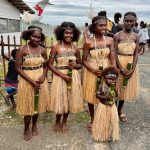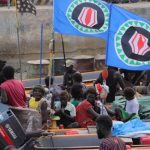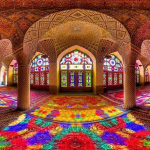When most people think of North Korea, they envision a secretive state shrouded in political intrigue. However, beyond the headlines lies a land of unexpected natural beauty and an impressive array of wildlife.
For the adventurous traveler, North Korea offers a unique opportunity to explore its rich biodiversity, a lesser-known aspect of this enigmatic country. Welcome to the wild side of the DPRK: an expedition into North Korean wildlife.
The Untamed Wilderness of North Korea
North Korea, officially known as the Democratic People’s Republic of Korea (DPRK), is home to a diverse range of habitats, from rugged mountains and dense forests to expansive wetlands and serene coastal areas. These varied ecosystems support a surprising array of flora and fauna, making the country a hidden gem for wildlife enthusiasts.
Despite the country’s reputation for being heavily industrialized and its landscape altered by agriculture, significant portions of North Korea remain relatively untouched. This has allowed many species to thrive, contributing to the country’s rich biodiversity.
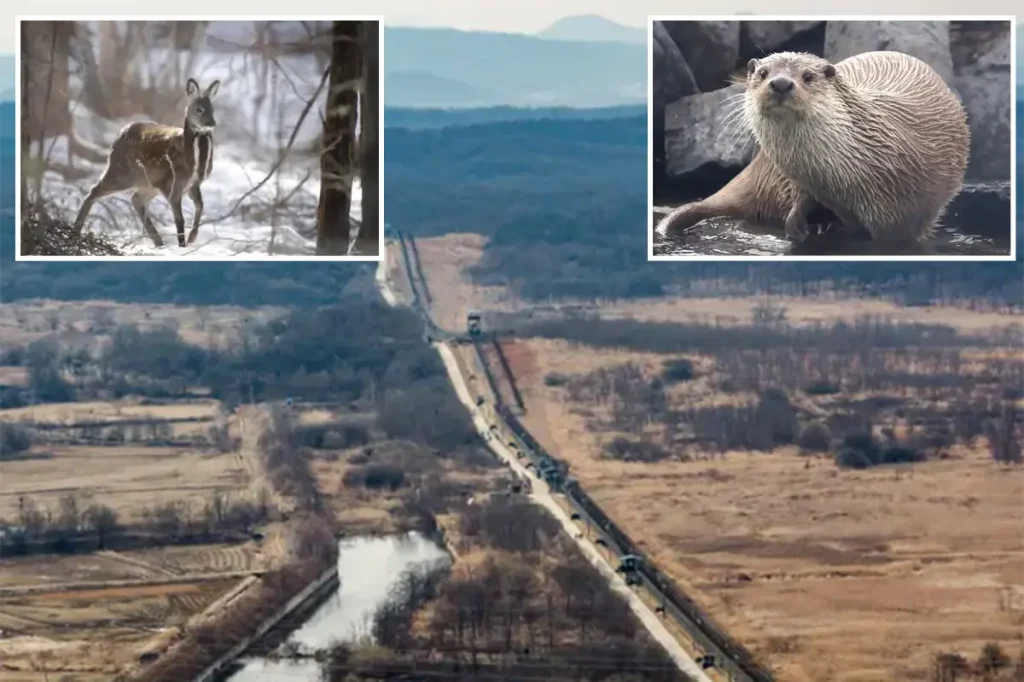
Endemic Species: North Korea’s Unique Wildlife
One of the most fascinating aspects of North Korean wildlife is the presence of endemic species—animals and plants found nowhere else on Earth. Among the most notable is the Korean goral, a goat-like antelope that inhabits the rocky terrains of the Korean Peninsula. These sure-footed animals are a rare sight but a thrilling discovery for those lucky enough to spot them.
Another unique species is the Amur leopard, critically endangered and one of the rarest big cats in the world. The forests of North Korea are one of the few remaining strongholds for this elusive predator, offering hope for its conservation. The DPRK’s commitment to protecting these leopards, despite limited resources, is a testament to the global importance of its natural habitats.
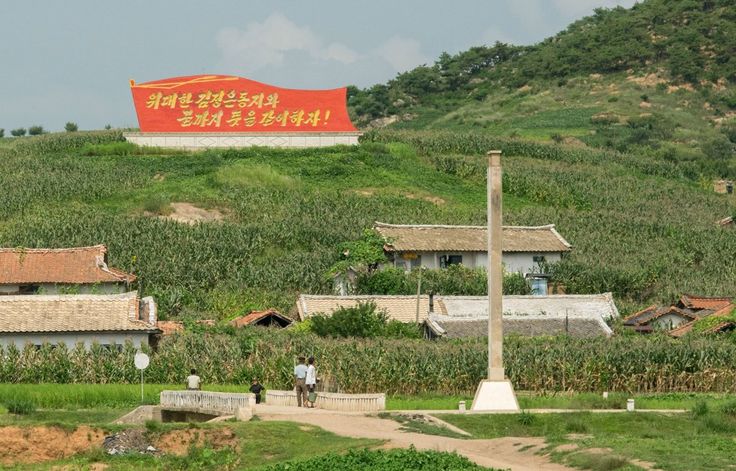
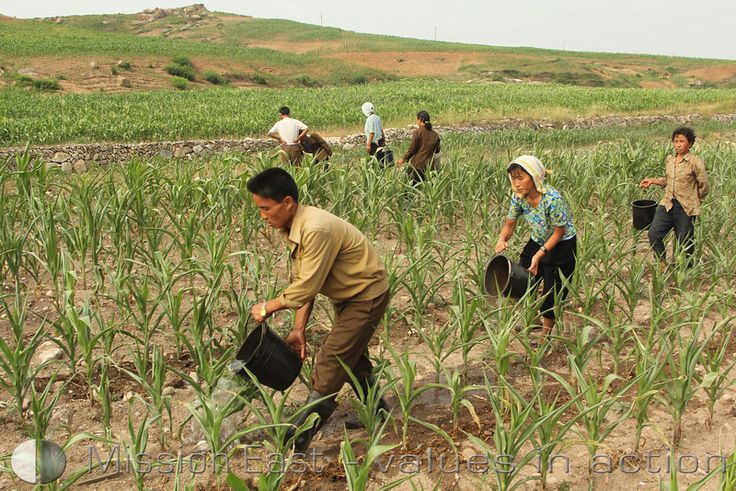
Birdwatcher’s Paradise
For birdwatchers, North Korea is an undiscovered paradise. The country lies along the East Asian-Australasian Flyway, a major migratory route for birds. This geographical positioning means that a variety of migratory birds pass through North Korea annually, making it a prime location for birding enthusiasts.
Migratory waterfowl, such as the Baikal teal and the white-naped crane, are regular visitors to the country’s wetlands. These areas, particularly around the Rason Special Economic Zone and the Demilitarized Zone (DMZ), provide crucial stopover points for these birds. The sight of thousands of cranes dancing in the wetlands is a spectacle that few places in the world can offer.
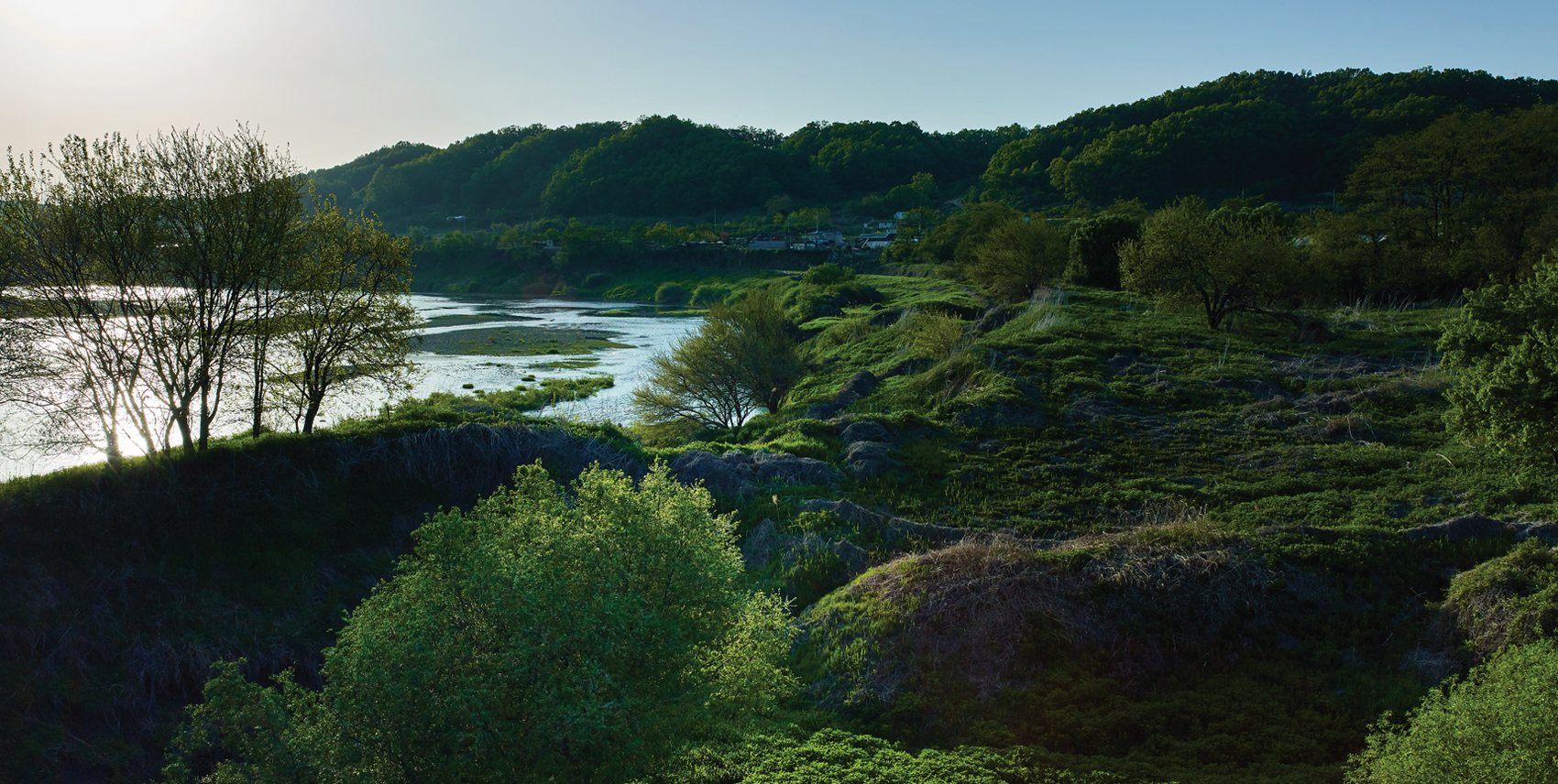
The Majestic Tigers of the North
Among the most captivating wildlife stories in North Korea is that of the Siberian tiger. Also known as the Amur tiger, this majestic creature once roamed widely across the Korean Peninsula. Today, its presence in North Korea is a symbol of the country’s natural heritage.
While sightings are incredibly rare, the DPRK has made efforts to preserve the habitat of these tigers, primarily in the mountainous regions bordering Russia and China. These conservation efforts are crucial, as the Siberian tiger is one of the most endangered big cats in the world.
Marine Life: A Coastal Treasure
North Korea’s 2,495 kilometers of coastline along the Yellow Sea and the Sea of Japan (East Sea) host a variety of marine life. The country’s coastal and marine ecosystems are rich and diverse, supporting species from tiny plankton to large marine mammals.
Dolphins and seals can occasionally be seen off the coast, while the underwater environment is home to numerous fish species. The coastal wetlands also serve as critical habitats for various species of mollusks, crustaceans, and other marine organisms.
Protected Areas: Sanctuaries of Biodiversity
North Korea has several protected areas designed to preserve its unique wildlife and natural habitats. These protected areas are essential for the conservation of both flora and fauna, offering a sanctuary for species that are under threat from habitat destruction and other human activities.
Mount Paektu, the highest peak in North Korea, is not only a cultural and historical icon but also a significant natural reserve. The mountain and its surrounding forests are home to diverse wildlife, including the endangered Korean goral and various bird species. The Paektu Biosphere Reserve is a designated UNESCO biosphere reserve, highlighting its importance for global biodiversity.
The DMZ, often perceived solely as a militarized zone, has inadvertently become one of the most well-preserved natural areas on the Korean Peninsula. This strip of land, untouched for decades, has become a de facto wildlife sanctuary. It provides a unique environment where species like the Amur leopard and Asiatic black bear can thrive, relatively undisturbed by human activity.
Challenges and Conservation Efforts
Despite the richness of its wildlife, North Korea faces significant challenges in terms of conservation. Economic hardships and international sanctions limit the resources available for environmental protection. Habitat loss due to agricultural expansion and deforestation poses a serious threat to many species.
However, there are ongoing efforts to address these challenges. The DPRK has shown a growing interest in environmental conservation, cooperating with international organizations to protect its biodiversity. The establishment of protected areas, along with education and awareness campaigns, are crucial steps towards preserving the country’s natural heritage.
Click here to read about Tiger Bone Whisky.
Eco-Tourism in North Korea: A New Frontier
For the intrepid traveler, North Korea offers a unique eco-tourism experience. Exploring the country’s natural landscapes provides a rare glimpse into its wildlife and ecosystems. Organized tours, such as those offered by YPT, provide a structured and safe way to experience North Korea’s wild side.
Trekking through the mountains, birdwatching in the wetlands, and exploring the coastal areas are just a few ways to engage with North Korean wildlife. These tours not only offer an adventure but also contribute to conservation efforts by promoting sustainable tourism.
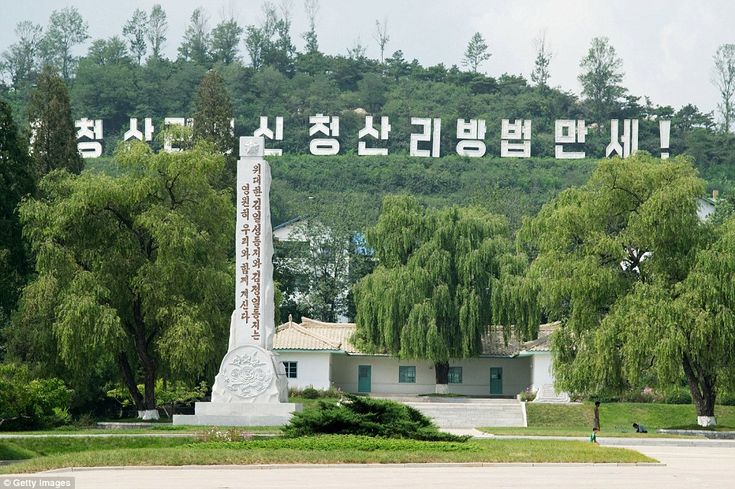
Conclusion on DPR Korea Wildlife (and how to see it)
North Korean wildlife is a hidden treasure, waiting to be discovered by those willing to venture beyond the usual narratives. From the majestic Siberian tiger and the elusive Amur leopard to the vibrant birdlife and marine species, the DPRK’s biodiversity is both surprising and captivating.
Exploring North Korea’s natural world offers a unique perspective on this enigmatic country. It’s a reminder that, despite political complexities, the DPRK is home to a rich and diverse array of wildlife that deserves recognition and protection. For more on the fascinating destinations and wildlife we explore, check out our North Korea Tours as well as our ever informative blog.



